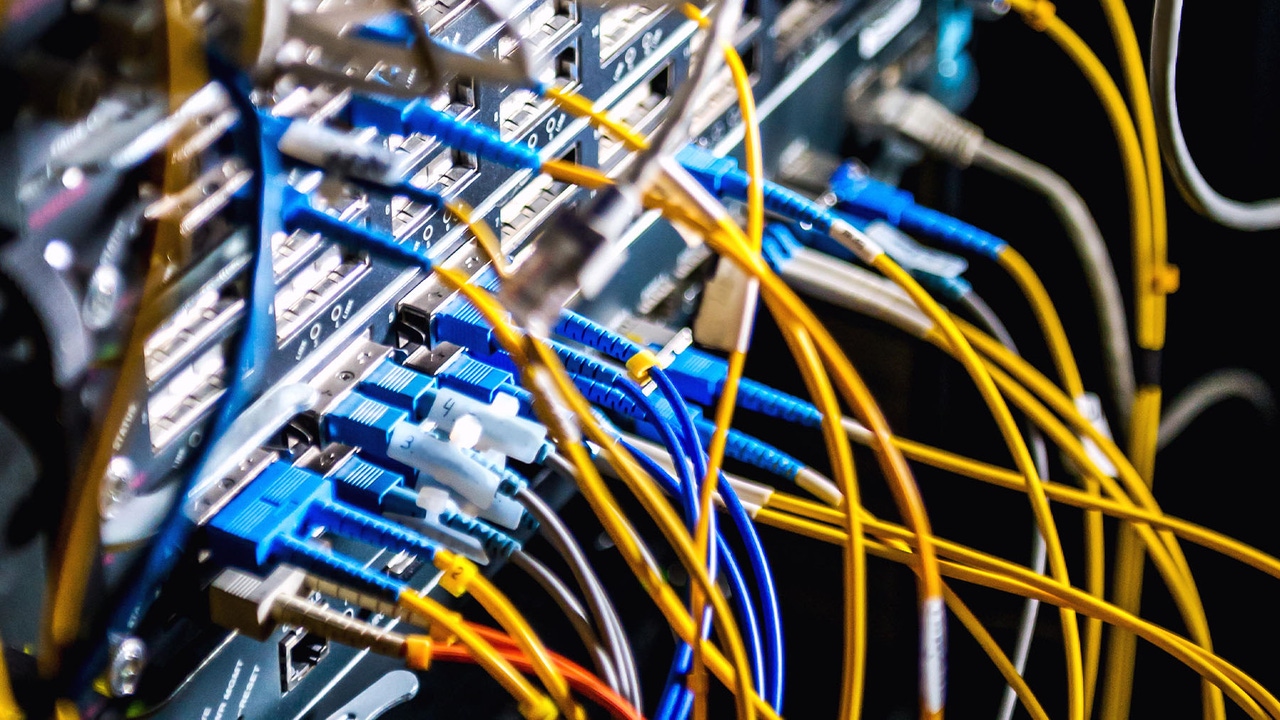Broadband Gear Spending Slipped 9% in 2023 – ReportBroadband Gear Spending Slipped 9% in 2023 – Report
Cable infrastructure spending was resilient but still down 3% in 2023, according to insight from Dell'Oro Group.

This article originally appeared in Light Reading
Total global revenue for the broadband access equipment sector dropped 9%, to $17.5 billion, in 2023 versus the prior year, according to Dell'Oro Group.
That capped off a tough year that was marked by operators hitting the pause button as they worked down inventory that was built up during earlier phases of the pandemic. The overall impact was largely driven by supply and demand, Dell'Oro VP Jeff Heynen said.
Cable equipment spending also dropped 3% in 2023, though spending on remote PHY devices – key elements of the industry's move toward a distributed access architecture (DAA) – jumped 21%.
"Given all the challenges we had and also with supply and everything on upgrade strategy… it was a fairly stable, resilient market [for cable]," Heynen said.
DAA activity still ramping up
DAA deployments, which help operators deliver improved signal quality while also serving as a stepping stone toward DOCSIS 4.0, were a bright spot for the cable infrastructure market in 2023, according to Heynen.
Remote PHY devices for DAA enjoyed their strongest quarter in Q4 2023, he said, adding: "That trend isn't stopping anytime soon."
Among major operators, Comcast has deployed about 140,000 DAA nodes, up from the 120,000 that the operator reported last fall, Elad Nafshi, EVP and chief network officer at Comcast, said last week at Light Reading's Cable Next-Gen event in Denver. Cox Communications, which started its DAA journey about five years ago, has completed such upgrades across about 70% of its network, David Ririe, Cox's senior director, access engineering, said at the event.
The market for virtual cable modem termination systems (vCMTSs) has yet to take off. Comcast is making progress with its deployment with partner Harmonic, with Nafshi noting last week that Comcast has deployed more than 1,000 vCMTS physical points of deployment (PPODs).
But it's clear that suppliers expect activity to pick up as more operators focus on virtualizing their CMTSs by running software on commercial off-the-shelf servers and pivoting away from purpose-built CMTS chassis. There are now four known vCMTS suppliers. In addition to Harmonic, CommScope and Casa Systems, Vecima Networks announced it is entering the vCMTS game.
"Ultimately, they [cable operators] want to move to a vCMTS because there are additional benefits there as well," Heynen said.
In other categories, spending on passive optical networking (PON) equipment dropped 7% in 2023 versus 2022. That's partly due to a decline in spending on PON optical line terminals (OLTs) as some operators slowed the pace on buildouts due to higher labor costs and the higher cost of capital.
However, spending on fixed wireless access (FWA) customer premises equipment (CPE) climbed 7%, reflecting last year's surge in FWA subscriber growth.
DOCSIS 4.0 CPE emerging
Spending on cable customer premises equipment (CPE) also declined, with units dropping to 30.3 million in 2023 versus 36 million in 2022, according to Dell'Oro. One reason is a slowdown in cable broadband subscriber growth.
On the network side, suppliers are hoping to see spending on CPE perk up as DOCSIS 4.0-capable devices start to weave into the market. Comcast has rolled D4.0 into parts of three markets (Colorado Springs, Philadelphia and Atlanta) and is offering service to subs by pairing a DOCSIS 3.0 modem with a Wi-Fi router. Comcast is also prepping the launch of the XB10, a new D4.0-based modem/router combo that features Wi-Fi 7. Ahead of DOCSIS 4.0 network upgrades, some operators are expected to deploy D4.0 modems on their existing DOCSIS 3.1 networks.
With D4.0 modem shipments getting underway in Q4 2023, Heynen estimated that units in the "low thousands" were shipped last year.
"I expect it to ramp up," Heynen said, noting that he expects about 3 million DOCSIS 4.0 modems to be shipped in 2024. Though DOCSIS 4.0 modems will cost more, they'll have a long lifespan if they are deployed on D3.1 or D4.0 networks, he said.
Coming DOCSIS 4.0 gateways are expected to be outfitted with Wi-Fi 7 technology.
Wi-Fi 6E, the first version of Wi-Fi to include feature access to spectrum in the 6GHz band, dominated 2023, but it will barely outpace Wi-Fi 7 from a revenue perspective in 2024, Heynen predicted.
He also expects fuller Wi-Fi 7 substitution to get underway in 2024 and carry into 2025.
Read more about:
Light ReadingAbout the Author
You May Also Like







